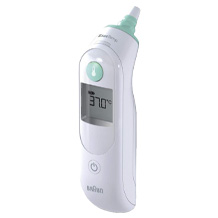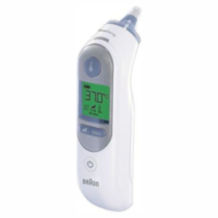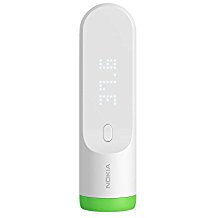Pulse oximeter purchasing advice: how to choose the right product
- What You Need to Know
- Pulse oximeters are a quick and easy way to measure important vital signs such as pulse or oxygen saturation.
- The measurement process is uncomplicated, non-invasive and completely painless, as the device is simply clamped to a fingertip.
- For people of advanced age or with chronic diseases, pulse oximeters are often vital so that the doctor receives all the important data.
- Pulse oximeters are also useful companions on excursions and during sports activities to keep track of vital signs.
Feeling safe every day
Many people have a particularly strong awareness of a vital lifestyle – whether because of age, a chronic illness or an increased sense of security for their own health. In addition to regular sport, daily exercise and a healthy diet, technical aids for monitoring and promoting physical health are also gaining in importance. These include devices with which you can, for example, count your daily steps and calories burned or measure your vital signs such as blood pressure. With a pulse oximeter, you can determine your blood pressure and the oxygen content of your blood both at home and on the go. The devices are simply placed on a finger of your choice, usually the index finger.
This does not require any invasive procedure, such as taking a blood sample. The measured values tell you how well your blood is oxygenated and how high your heart rate, i.e. your pulse, is. Especially for older people and people with certain diseases, it is sometimes necessary to check and document these values regularly so that you can consult a doctor in case of doubt.
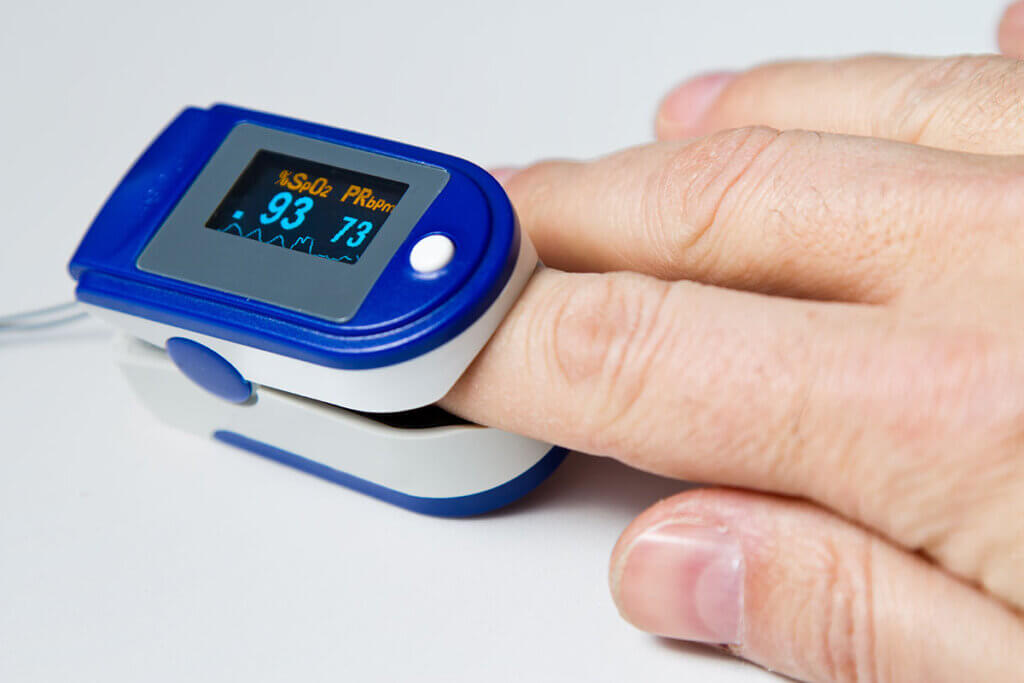
When is a pulse oximeter useful?
Pulse oximeters are small, lightweight devices that are usually attached to a finger by means of a finger clip. While they are part of daily practice in the medical field, they were hardly used in private life for a long time. In the meantime, more and more people are using pulse oximeters at home. However, they are not only suitable for healthy people who want to check their values occasionally in a stressful everyday life or during sports. Pulse oximeters are especially useful for serious chronic lung, heart or circulatory diseases. They give you security because you always have an overview of your vital signs. In an emergency, help can be summoned and the doctor can view the corresponding values directly. Thanks to the memory function, measurements can also be documented over a longer period of time and changes in the course of the disease can be quickly recognised.
What is pulse oximetry?
Pulse oximetry makes use of the fact that human blood has different colours depending on its condition and physical state: saturated haemoglobin, i.e. haemoglobin loaded with oxygen, is bright red and absorbs mainly red light. In contrast, unsaturated haemoglobin is dark red, sometimes even bluish, and absorbs mainly infrared light. Haemoglobin is a protein of the red blood cells whose main task is to transport oxygen and carbon dioxide in the blood. Oxygen saturation consequently indicates the proportion of haemoglobin in the arterial blood that is supplied with oxygen. This value is important because every cell in our body must have enough oxygen to perform all functions “normally” or rather in the healthy range. The most common are finger pulse oximeters, where the device is placed directly on a finger for measurement.
The origin of the word
The term “pulse oximeter” refers to the procedure of pulse oximetry, which describes the non-invasive determination of the oxygen saturation of the blood. The syllable “oxi” refers to oxygenium, i.e. oxygen. The suffix “metrie” refers to a measurement procedure. A pulse oximeter is used to measure the heartbeat (pulse) and oxygen saturation.
How do pulse oximeters work?
Pulse oximeters work by means of an optical measuring principle. On one side of the clip there are two monochromatic LEDs as a light source that emit light with different wavelengths, namely red and infrared light. On the other side of the clip is a photodiode or a sensor that measures the incoming light components. This means that during the measurement, the two light-emitting diodes send the light through the finger. On the opposite side, the sensor measures the intensity of the incoming light rays. Put simply: the brightness of the blood is measured and the brighter the blood, the higher the oxygen content.
However, the value does not only result from the oxygen value of the haemoglobin, but also depends on other factors, such as the condition of the skin and tissue at the site where you are measuring. In addition, blood flow is important, which is why pulse oximeters also measure the pulse in addition to oxygen saturation. Since falsified measurement results and incorrect measurements cannot be ruled out, the devices should be shielded from all light sources. In addition, carry out the measurement procedure as accurately as possible: For example, place the pulse oximeter far enough on your finger and support your arm.
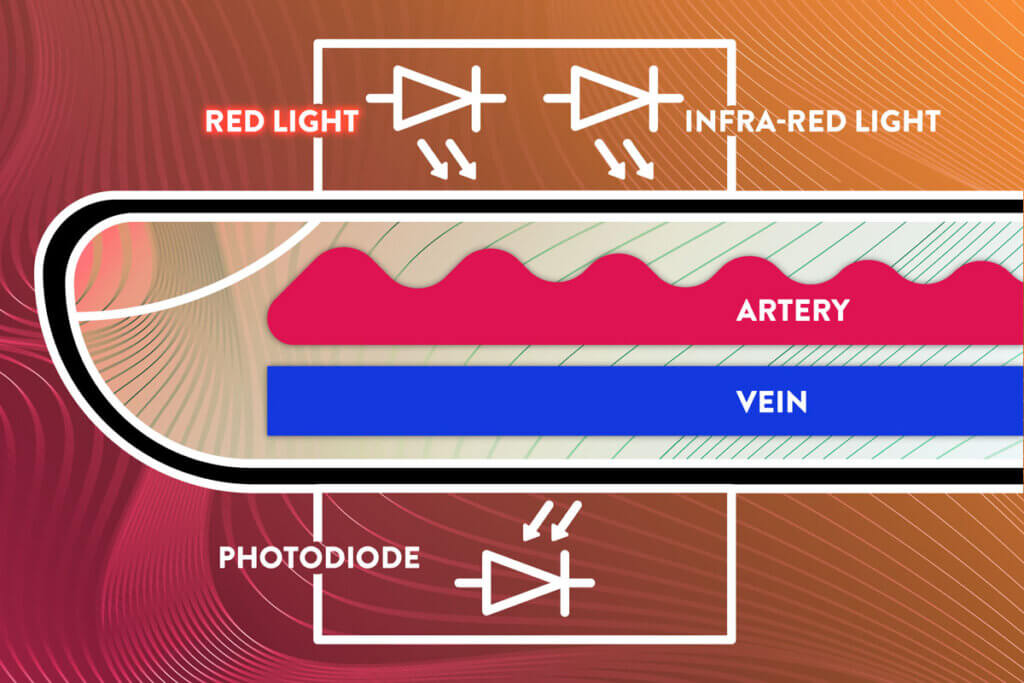
What to look for when buying a pulse oximeter
Pulse oximeters differ mainly in terms of equipment and optional features. The prices vary accordingly. Simple devices are already available for around 25 euros. However, they hardly offer any useful additional features; sometimes even functions such as data storage, which should be standard, are missing. High-quality pulse oximeters cost at least 50 euros. Helpful additional features include an illuminated display, signal tones that go off when the standard values are exceeded, for example, and an automatic switch-off function. A carrying strap, storage bag and batteries should also be included. The most important criterion, however, is the accuracy of the measurement: especially if you depend on the values for health reasons, the measurement must be as precise as possible so that you can react quickly in an emergency.
Leading brands
Beurer | Medisana | Pulox | Kernmed | Masimo | Sanitas |
Model types
There are two different types of pulse oximeters: those with a display built directly into the finger clip and those with a separate display connected to the finger clip via a cable. There are also adhesive sensors that are attached to the finger in a bandage similar to a plaster. The large stand-alone devices with sensor extension are primarily suitable for home or professional use, i.e. in surgeries and hospitals.
Display
The larger the pulse oximeter, the larger the display. The size of the display mainly influences the size and the number of values displayed and therefore the readability. On small displays there is only space for the measured value. Larger devices show, for example, a pulse curve that allows conclusions to be drawn about the measurement results, as well as the previous values.
The display should be illuminated so that the device can also be used in the dark or in poor lighting conditions. During the measurement, there should be as few light sources as possible, as these can falsify the result. If the brightness of the display can be adjusted, you can even use it outside when the sun is shining or dusk is setting in. There are two different lighting technologies: LED and OLED. LED displays are more common because they are very energy efficient. OLED displays have higher contrast and stronger colours, but consume more power.
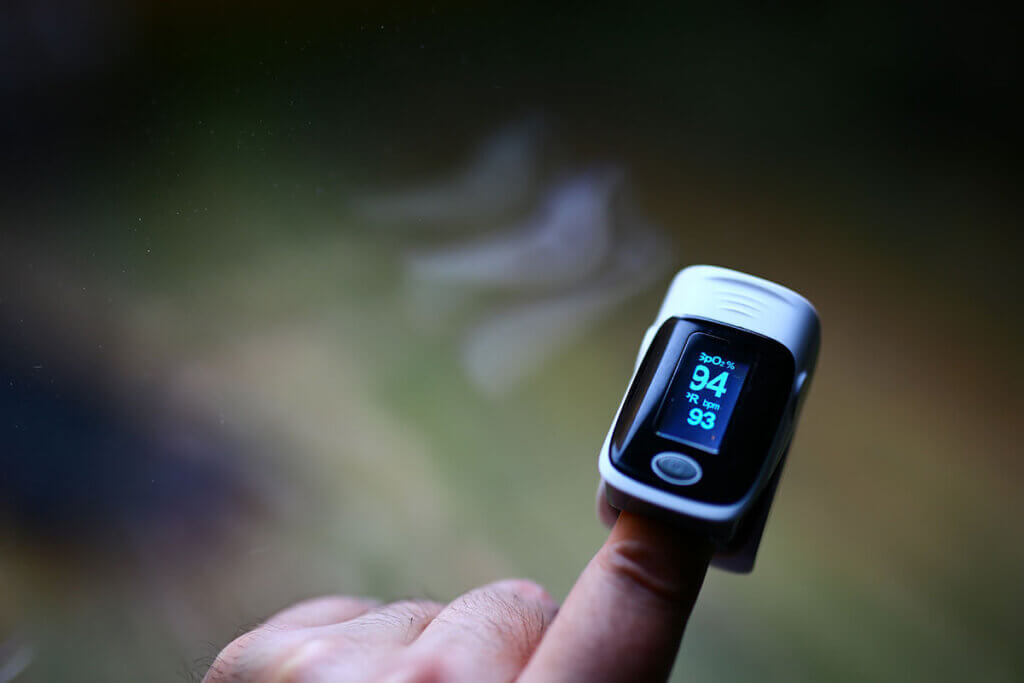
Weight and size
Although the weight of almost all pulse oximeters is low, it differs depending on the type of model. The small devices that clip onto the finger are very light and therefore ideal for travelling. Versions with a sensor extension and stand-alone devices are heavier, which is why they are more suitable for home use. Finger pulse oximeters are about 50 to 60 grams light and about 60 x 30 x 30 millimetres in size. Stationary devices, on the other hand, weigh up to 300 grams and are twice the size of the small oximeters.
Automatic switch-off and alarm sounds
Many pulse oximeters have an automatic switch-off function. If you have not positioned the sensor correctly, the devices switch off after a few seconds. On the one hand, this saves the batteries and on the other hand, it is easier for you to notice that something is wrong. If you have exercised before and your hands are shaky, the sensor can slip quickly.
Some devices have different beeps that let you know how high your pulse and oxygen saturation are. A constantly sounding tone, for example, provides information about the frequency and that the pulse is “normal”. Alarm or warning tones are also standard with most devices. If the oxygen saturation drops, for example, you will be alerted by a tone. When exactly the alarm sounds depends on the manufacturer’s default settings or your personal settings.
Memory function
The device should be equipped with a memory function, especially if you have a long-term or chronic illness. But this function is also recommended for regular exercise sessions. This way, you always have precise control over the course of an illness or a training session. The storage function allows you to document the values so that not only you but also your doctor has a good overview.
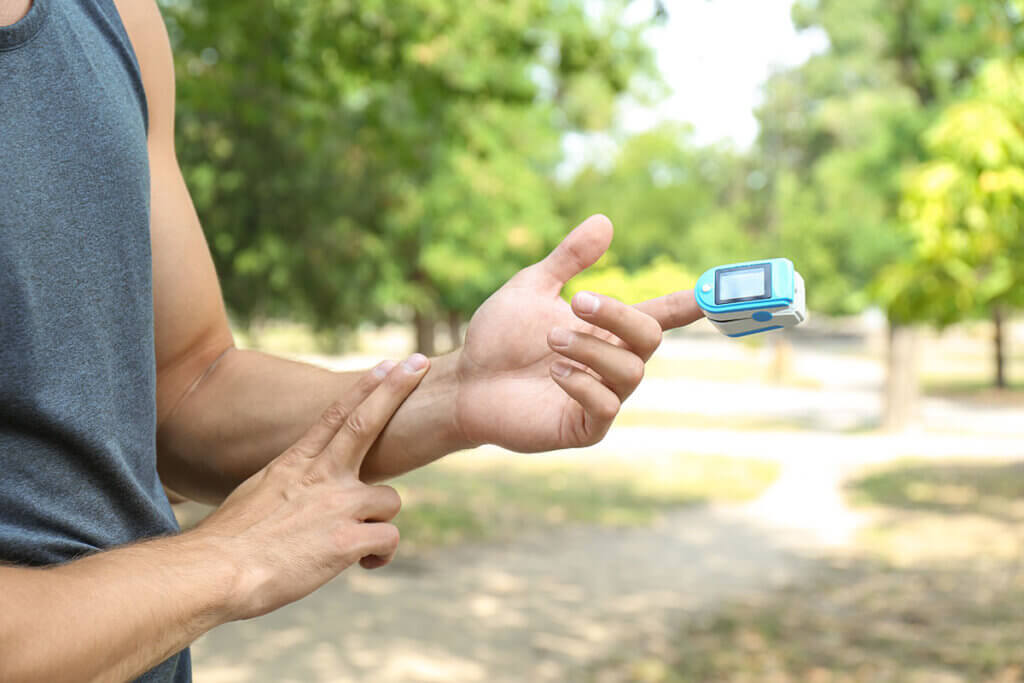
Some models can be connected to a computer or tablet. You can then transfer and save the measured values via Bluetooth or USB cable. All you need is the appropriate software or an app, which is usually provided by the manufacturer. Since the storage capacity is limited and older values are overwritten after a certain time, this is a good way to keep all data clearly arranged in order to maintain a permanent overview. You can also use your computer or tablet to print out the figures or send them to your doctor by e-mail.
Power supply
Finger pulse oximeters are powered either by batteries or a rechargeable battery. This allows for flexible use. Whereas with battery operation you have to provide spare batteries, a rechargeable battery can simply be recharged. Batteries are included with most pulse oximeters. Stand-alone devices usually work with a mains cable.
Prepared for emergencies
If you need to rely on a pulse oximeter for a long time, make sure the battery is always fully charged. If the device has a battery compartment, it is advisable to have spare batteries on hand.
How should a pulse oximeter be cleaned?
Since the device comes into contact with the skin and may be used by different people in a household, it should always be cleaned thoroughly. Otherwise, pathogens such as bacteria or viruses can settle on it. This applies to the housing, any cables, the sensor and the finger clip. A dirty sensor could also lead to incorrect measurement results.
As a rule, a pulse oximeter is very sturdy and robustly built, which is why you do not have to be too careful when cleaning it. However, never hold the device under running water, as it is not waterproof and the electronics could be damaged. Use a slightly damp cloth for cleaning. In addition, you should occasionally wipe the pulse oximeter with a mild disinfectant. After cleaning, allow the device to dry and store it in a place that is also dry. Storage utensils such as bags, cases or boxes are included with most models.
Potential sources of error
Do not use the appliance if your fingernails are painted. The nail polish prevents sufficient light pulses from reaching the sensor. Jerky movements and vibrations during measurement as well as cold fingers or nail fungus can also falsify the result. Make sure that the clip is optimally fixed during the entire measuring process and that the light source and sensor are opposite each other.
How do I measure correctly?
A pulse oximeter can be used on different parts of the body. However, the most common way to measure is on the finger, usually the index or middle finger. In some situations, for example if the hands are bandaged, you may need to choose other body sites such as earlobes or toes. For patients who need to be monitored for a longer period of time, it is useful to use pulse oximeters with adhesive sensors, as they are more comfortable and the finger remains mobile. When measuring, always make sure that the pulse oximeter is used correctly. Read the instructions for use and follow the specific instructions of the manufacturer and the doctor to avoid incorrect measurements.
Since haemoglobin is saturated not only by oxygen but also by carbon monoxide, there is a risk that the pulse oximeter will give false results. It is not able to distinguish whether it is oxygen or carbon monoxide. Consequently, in the case of carbon monoxide poisoning, the pulse oximeter will give a good reading. If you feel unwell but the device continues to give good readings, you should consult a doctor to be on the safe side.
What are considered normal values?
A normal oxygen saturation in healthy people is about 96 to 99 per cent. In old age or in case of illness, this value can be lower; however, this does not necessarily have to lead to health impairments. It always depends on a person’s condition and the illness in question. For example, values of around 90 percent may be considered normal for some people. If you are not sure or have complaints, you should consult a doctor.
Pulse rate indicates how many times per minute the heart beats; the value is measured in beats per minute, or bpm. A healthy adult has a range of approximately 60 to 80 beats per minute; this condition is called resting pulse. Professional athletes usually have a much lower resting pulse. Sometimes it is only 35 to 50 beats per minute. Stress, physical exertion or an illness as well as fever can influence the pulse and increase it. From 100 beats per minute, the pulse is considered very high and enters a dangerous range if the condition persists for a long time. Colloquially, a very high pulse is called palpitations.

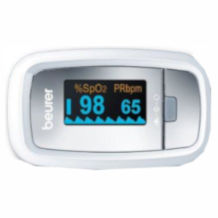
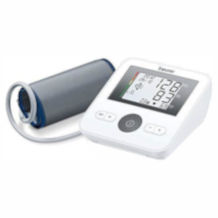
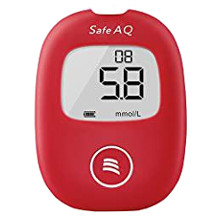
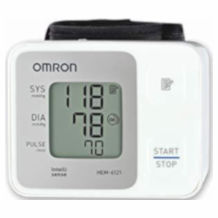

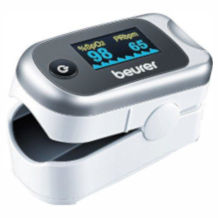
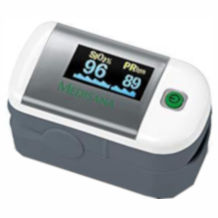
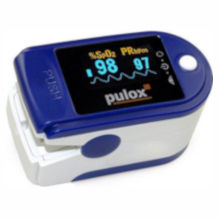
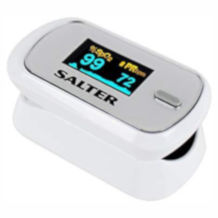
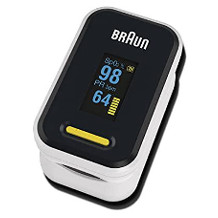
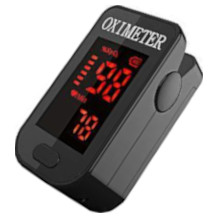
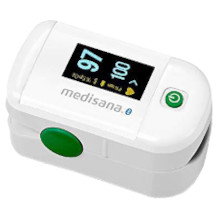
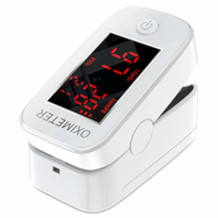
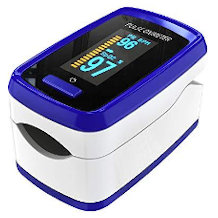
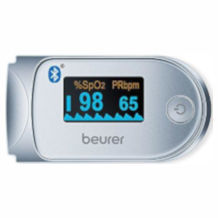
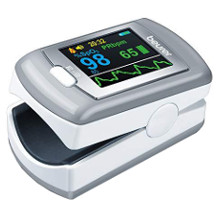
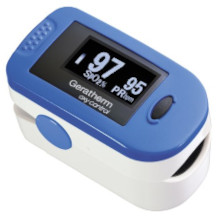
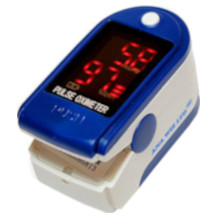
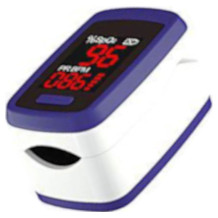

 7,441 reviews
7,441 reviews


